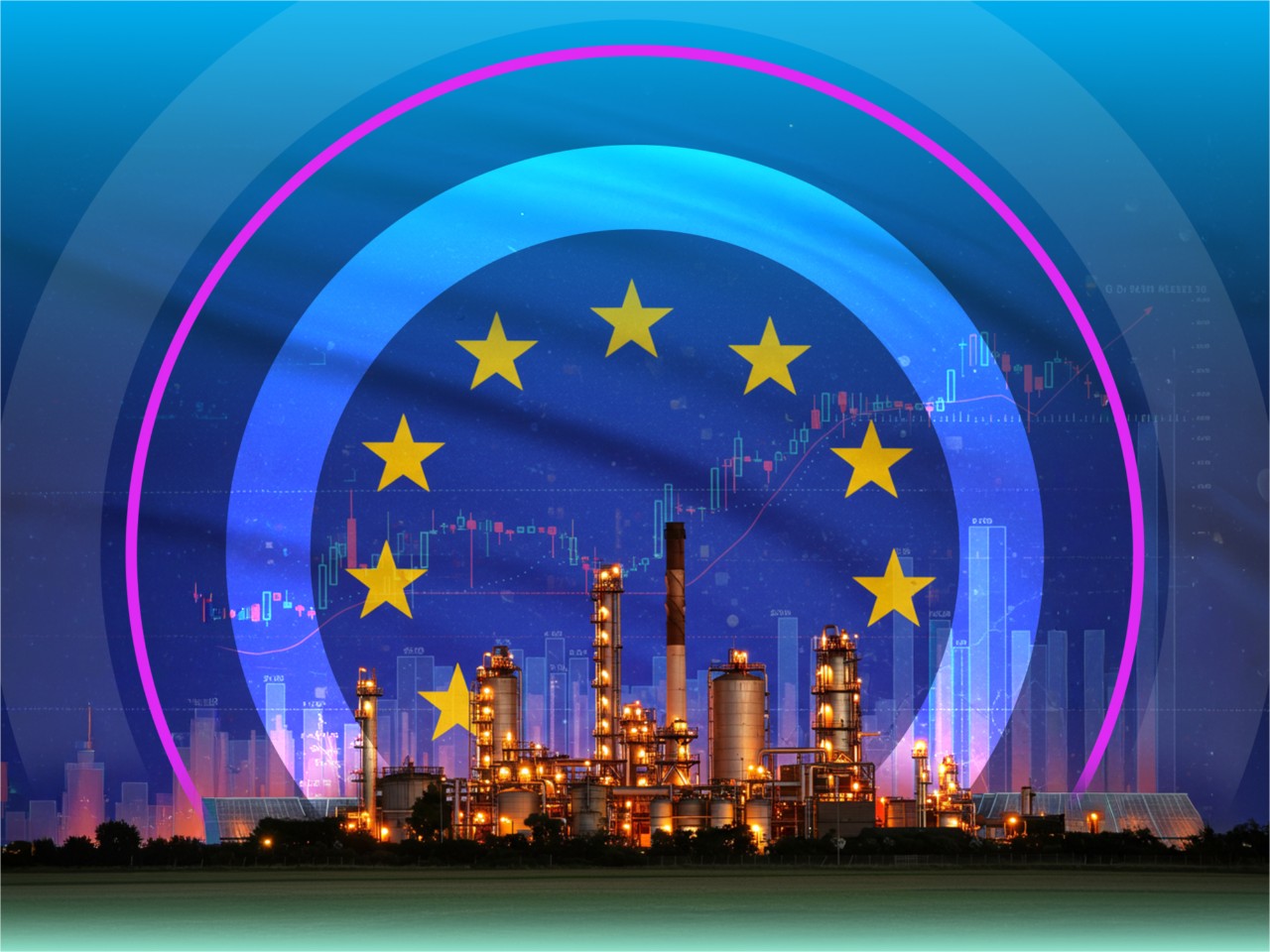How the European chemical industry can make its comeback
Posted: September 22, 2025

The European chemicals industry faces some unique challenges. Facing the closure of several of its steam crackers—which provide the vital chemical building blocks used in almost all petrochemical supply chains—the European Commission is worried about maintaining critical chemical production in the region.
The chemicals industry is the EU’s fourth largest manufacturing sector, employing 1.2 million people directly and supporting millions more indirectly. However, as it shifts to a clean and circular economy, the market faces many hurdles, including high energy costs.
Amid this challenging market, the European Commission has unveiled plans to support the chemicals industry and strengthen its global competitiveness. As these policy changes are implemented, industry that takes advantage of all that tech has to offer will also see wins: optimized processes, energy savings and improved asset health. We’re also likely to see businesses pivot and innovate new products or processes to survive in these uncertain times.
Our Industrial Life
Get your bi-weekly newsletter sharing fresh perspectives on complicated issues, new technology, and open questions shaping our industrial world.
Challenges facing European chemicals
Rising energy prices combined with ambitious net zero targets creates a challenging marketplace for the production of basic, energy-intensive chemicals. High energy prices, exacerbated in Europe by Russia withdrawing from its energy market, put European chemicals plants on an uneven field when compared to their North American and Middle-Eastern counterparts. And, under the European Commission’s Emissions Trading System, European chemical plants must pay for each metric ton of CO2 they emit beyond an allowance.
These challenges have led some companies to review their European assets and refocus on business strategies elsewhere. In July, Dow announced it was permanently shutting down three European chemical plants due to “difficult market dynamics, as well as an ongoing challenging cost and demand landscape,” said Jim Fitterling, Dow chair and CEO, in a statement. Ineos also announced closures this summer, citing “sky high” energy costs and a “punitive CO tax policy”. Meanwhile, LyondellBasell announced it was divesting four olefin and polyolefin sites in Europe to shift its production from 61% to 68% in the “cost-advantaged regions” of the US and Middle East.
The EU’s action plan for chemicals
The European Commission is concerned about maintaining critical chemical production in the EU, rightly noting that “the EU has lost at least 8-10% of its cracking capacity over the last three years, with potential future closures bringing the total loss to more than 20% of the 2021 capacity.”
The Commission has formed a critical chemical alliance to support the production of industrial chemicals, which aims to address the risks of capacity closures. Preventing closures such as those mentioned above is key: European Commission Executive Vice President and industry commissioner Stephane Sejourne told reporters, "First and foremost, there is the issue of sovereignty: keeping our steam crackers."
Noting that energy costs are “significantly undermining” the cost-competitiveness of EU chemicals—energy accounts for about 75% of production costs in EU petrochemicals—the European Commission has launched an Affordable energy action plan as part of its Clean Industrial Deal. This includes lowering energy costs for all, developing an integrated EU energy market, attracting investments, and supporting the hydrogen sector.
The plan also aims to boost circularity through increased deployment of chemical recycling; carbon capture, utilization and storage; and investment in the bioeconomy.
Tech and regulation
Simplifying and standardizing the regulation for these industries will make it easier for chemical producers to operate. When combined with digital transformation, the European chemicals industry could see its competitiveness boosted.
Technology can help businesses demonstrate regulatory compliance, but it’s also there to move companies forward: optimizing current practices, innovating new processes, and finding the next materials to solve problems we’re only just identifying. As we continue to move towards net-zero targets, digital technologies will be there to measure and help leaders execute the transition. At its core, digital transformation facilitates the flow of information to the right audience, enables collaboration, and speeds the time to action and innovation.
In the face of global supply and cost challenges, digital technologies also support solutions for today’s challenges. Companies can optimize production plans based on demand and material and energy costs. They can benchmark production lines internally and externally for best performance. Easy global collaboration also means businesses can share best practices across units and locations, helping businesses to make a change once and realize results across the board, improving yields, asset health, or energy consumption.
The future chemicals landscape
The ongoing rationalization of European petrochemicals will significantly alter the industrial landscape. Recovery will take time, but with support from policymakers and ever more specialized tech solutions, there’s plenty to be positive about.
In the near term, companies might pivot from commodity products to more specialized chemicals. This effort extends from a sentiment we saw commonly during the COVID pandemic—move to business segments that continue to add value and can survive in these uncertain times. The European Commission plan enables this pivot without closing the door on recovery.
We’re also seeing a more balanced approach to globalization and regionalization. Regions are impacted differently by energy and material costs. For global companies, this is an opportunity to leverage these cost advantages to reshape their supply chains. Both companies and countries are seeing advantages to “in-region, for-region” strategies where tighter supply chains enable more reactive approaches.
With so much change on the table, there is much to learn from how the industry responds.